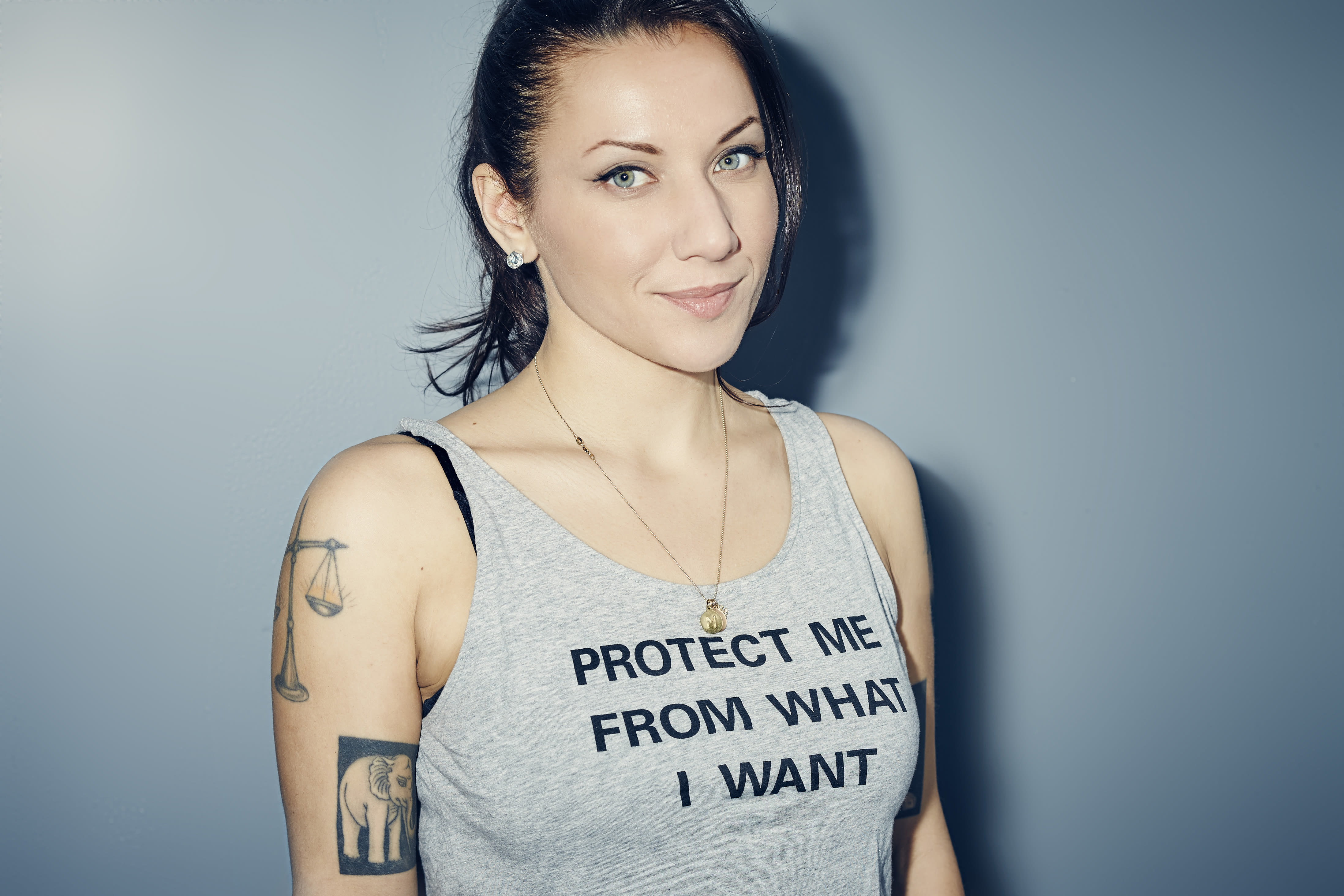Winn Perry Offers Classic Menswear for the Gentleman Badass
When a visiting reporter stepped into the new Winn Perry shop on a bright West End morning, proprietor Jordan Sayler was enmeshed in a phone call, negotiating for wallet production samples and specs for leather belts. The conversation allowed a few minutes for journalistic perusal of the tranquil, exactingly merchandised space’s line of high-quality menswear.
The shop, opened in January, reincarnates the original Winn Perry, which operated in Southeast Portland between 2008 and 2011. Back then, the operation’s taste for Americana-rooted (and often US-made) rarities like Alden shoes (some topping $500 a pair), Falke socks, and Individualized shirts stood out as the most eclectic style source for Portland’s khaki-clad menfolk.
Different shop, different neighborhood, different era: the new Winn Perry does business in a micro-district bristling with workboots, selvedge denim, and natty-but-brawny shirts. Nearby, Danner Boots, Tanner Goods, Poler, Self Edge and others all serve a classically inclined, quality-obsessed clientele shaped by the recession-era “heritage” trend. Even so, Sayler offers a particularly refined vision of male style, with a tight apparel selection and select lifestyle accessories that walk that crucial but fine line between awesome and ridiculous. (Nested stainless steel drinking glasses with leathern caddy, from England’s Daines & Hathaway: $130.) Various curios—a wall-mounted collection of walking sticks, a Stanley Thermos, deep stacks of vinyl—set a certain tone: call it Gentleman Badass.
Once his call ended, the visitor sat down with Sayler to talk about the new Winn Perry and the menswear landscape.
Q: Why did you close down the original WP, and why did you open a new one? I shuttered the old shop to go work for Schoolhouse Electric, doing product development and marketing. At the same time, I worked on some new products with Archival, down in Eugene, and kept doing my private-label T-shirts with Columbiaknit, here in town. I developed a wool sweater with Centralia Woolen Mills up in Washington. So I never really stopped many aspects of what I’d been doing before, and I kept in touch with old vendors who really wanted to stock in Portland.
How would you describe Winn Perry’s underlying ethos? There are things I love that I want represented in the Portland retail scene, and I want to support companies that are doing good things. Not everything in here is US-made, but we have a heavy emphasis on local and domestic manufacturing, on working with companies who make high-quality products and treat their workers decently.
You articulated that vision pretty early on, relative to Portland’s fashion scene. When we started in ’08, the audience for what we do was just starting in Portland. There were guys who were interested. But today, the menswear culture in general and in Portland in particular is so much more knowledgeable. There’s this hunger to find new brands, and learn the stories behind products, that just didn’t exist, at least not to the degree it does now. And style has diversified so much.
How so? People are a lot more willing to mix things up: sportswear with streetwear, denim with tailoring. A guy who mainly shops at streetwear stores can absolutely come in for a pair of Aldens—the streetwear guy will go up to a blazer, while the guy who might once have worn suits can step down to pairing a blazer with a great pair of jeans. The unifying element is that people are looking for quality, and for products that they can get a lot of use out of. They might spend more on an item, but they expect it to last and to be useful for a long time.
That sounds like an opportunity for you, but is it a challenge, too? It’s definitely a challenge, because there’s no specific market. I mean, you’re supposed to have your quote-unquote “demographic,” right? We get 75-year-old guys in here, and we get 18-year-old guys, and we get women, shopping for themselves. But that works because we’re not really marketing, per se. If you have great products, and you let the products doing the talking, the stories that are already there draw people in.
Isn’t the “heritage” trend getting a little long in the tooth? That stereotypical heritage look definitely became a little ubiquitous, and the guy dressed head-to-toe as a vintage lumberjack became the quintessential whipping boy for the whole thing. I think that’s kind of gone away. But the products we carry have never been as much about a specific look as about choosing products we believe in.
So you’re not concerned with the end of any particular trend? Menswear doesn’t really change that much. The fit gets slimmer, then it gets bigger. Lapels get narrow, then they get wider. The silhouette doesn’t change. And men are very oriented toward tradition and what’s familiar. A truly good product—you’ll find it 20 years ago, and you’ll find it 20 years from now. Filson still makes the basic range of things they made decades ago. Now they might do more to sell to the younger customer, the guy who isn’t a hunter but appreciates a good jacket. But the basics are unchanged. Quality doesn’t go away. That’s what we’re about here.





